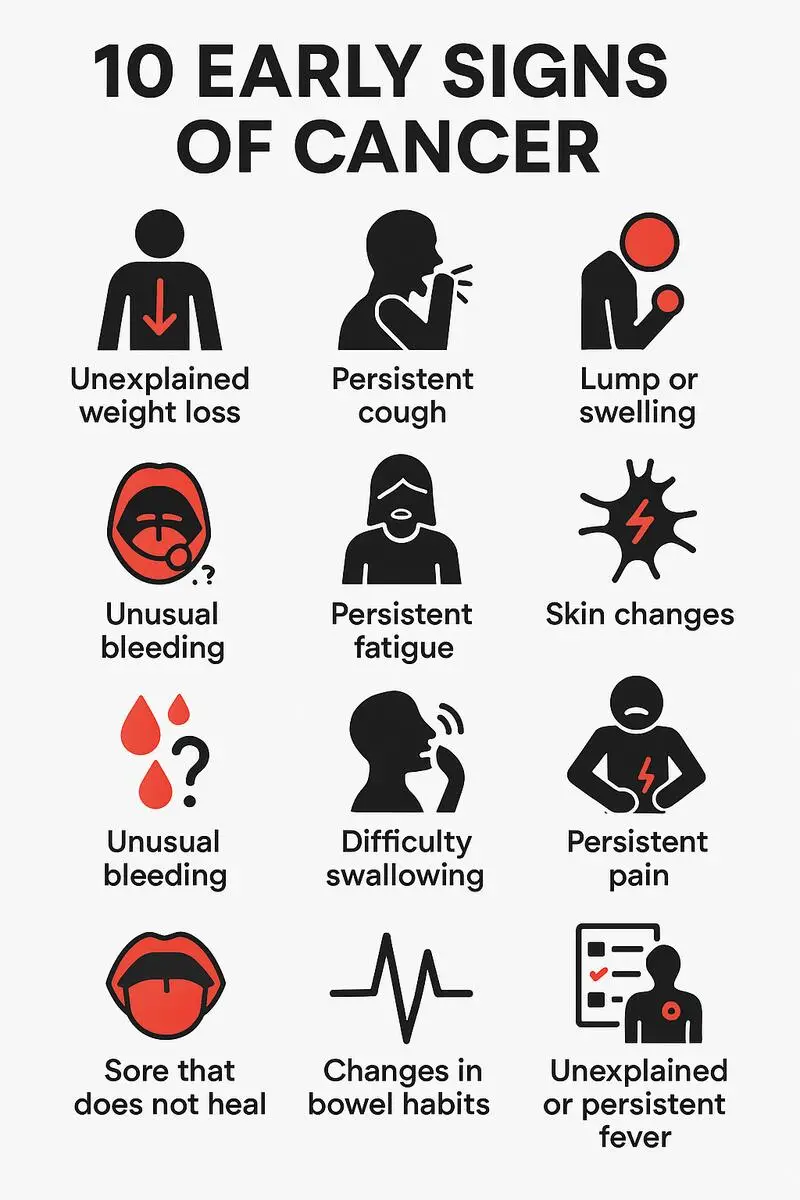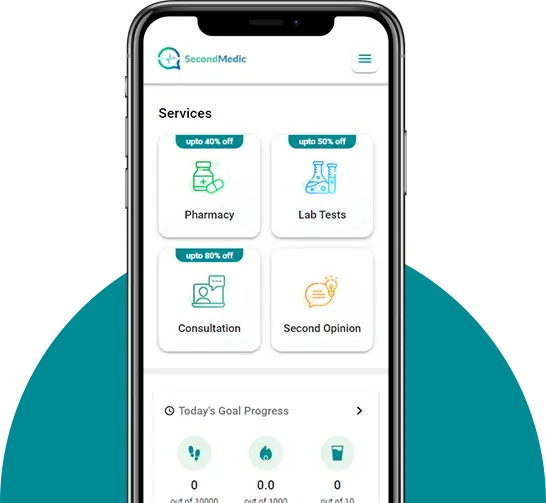- Published on: Aug 13, 2024
- 4 minute read
- By: SecondMedic Expert
Understanding Graves' Disease: Symptoms, Causes, And Treatment Options
Graves' disease is a complex autoimmune disorder that primarily affects the thyroid, a butterfly-shaped gland located at the base of the neck. This condition is the leading cause of hyperthyroidism, a situation where the thyroid gland produces excessive amounts of thyroid hormones. These hormones play a crucial role in regulating the body's metabolism, and an imbalance can lead to a range of health issues. Understanding Graves' disease, its symptoms, causes, and treatment options can help those affected manage the condition more effectively.
What is Graves' Disease?
Graves' disease occurs when the body's immune system mistakenly attacks the thyroid gland, causing it to overproduce thyroid hormones. This overactivity of the thyroid is known as hyperthyroidism. The disease is named after Robert J. Graves, an Irish doctor who first described the condition in the 19th century.
This autoimmune disorder is more common in women than men and typically develops in people under the age of 40. However, it can occur at any age and affect both genders.
Symptoms of Graves' Disease
The symptoms of Graves' disease can vary widely from person to person, depending on the severity of the condition. Some of the most common symptoms include:
1. Weight Loss: Despite having a normal or increased appetite, individuals with Graves' disease often experience significant weight loss due to the accelerated metabolism caused by excess thyroid hormones.
2. Increased Heart Rate: Tachycardia, or a rapid heart rate, is a common symptom. Patients may also experience palpitations or a feeling of the heart racing.
3. Heat Intolerance: People with Graves' disease may feel excessively warm or hot, even in normal or cool environments.
4. Nervousness and Irritability: The overproduction of thyroid hormones can affect the nervous system, leading to feelings of anxiety, nervousness, and irritability.
5. Fatigue: Despite increased activity levels, individuals may feel tired and fatigued due to the constant overdrive of their body systems.
6. Tremors: Fine trembling in the hands or fingers is another common sign.
7. Goiter: The thyroid gland may enlarge, forming a visible swelling in the neck known as a goiter.
8. Bulging Eyes (Graves' Ophthalmopathy): In some cases, Graves' disease can affect the eyes, leading to inflammation, swelling, and a characteristic bulging appearance. This condition is known as Graves' ophthalmopathy and can cause discomfort, dryness, and vision problems.
9. Menstrual Changes: Women with Graves' disease may experience irregular menstrual cycles or even a complete cessation of periods.
10. Skin Thickening: In rare cases, individuals may develop thickened, red skin, particularly on the shins and tops of the feet. This is known as pretibial myxedema.
Causes of Graves' Disease
The exact cause of Graves' disease remains unclear, but it is believed to involve a combination of genetic and environmental factors. Here are some of the potential causes and risk factors associated with the condition:
1. Genetics: A family history of Graves' disease or other autoimmune disorders increases the risk of developing the condition. Certain genes may make some individuals more susceptible to autoimmune reactions.
2. Immune System Malfunction: Graves' disease is an autoimmune disorder, meaning the immune system mistakenly attacks the body's own tissues. In this case, the immune system produces antibodies called thyroid-stimulating immunoglobulins (TSIs) that bind to thyroid cells, causing them to overproduce thyroid hormones.
3. Environmental Triggers: Certain environmental factors, such as stress, infection, or pregnancy, may trigger the onset of Graves' disease in genetically predisposed individuals.
4. Gender and Age: Women are more likely to develop Graves' disease than men, and the condition is most common in people under 40 years of age.
5. Other Autoimmune Disorders: Having other autoimmune conditions, such as type 1 diabetes, rheumatoid arthritis, or lupus, may increase the risk of developing Graves' disease.
Diagnosing Graves' Disease
Diagnosing Graves' disease involves a combination of clinical evaluation, laboratory tests, and imaging studies. The following steps are typically involved in the diagnosis:
1. Medical History and Physical Examination: A healthcare provider will assess symptoms, medical history, and family history. Physical examination may reveal signs such as a goiter, rapid heart rate, and tremors.
2. Blood Tests: Blood tests are used to measure levels of thyroid hormones (T3 and T4) and thyroid-stimulating hormone (TSH). In Graves' disease, T3 and T4 levels are elevated, while TSH levels are usually low.
3. Thyroid Antibody Tests: The presence of thyroid-stimulating immunoglobulins (TSIs) in the blood can confirm the diagnosis of Graves' disease.
4. Radioactive Iodine Uptake Test: This test measures how much iodine the thyroid gland absorbs. In Graves' disease, the thyroid absorbs more iodine than normal due to increased activity.
5. Thyroid Ultrasound: Ultrasound imaging may be used to evaluate the size and structure of the thyroid gland.
Treatment Options for Graves' Disease
The treatment of Graves' disease aims to reduce the production of thyroid hormones and manage symptoms. The choice of treatment depends on the patient's age, the severity of the condition, and individual preferences. The main treatment options include:
1. Antithyroid Medications: Drugs such as methimazole and propylthiouracil (PTU) are commonly used to reduce thyroid hormone production. These medications are often the first line of treatment, especially for mild cases.
2. Radioactive Iodine Therapy: This treatment involves taking a radioactive iodine capsule or liquid, which is absorbed by the thyroid gland and destroys overactive thyroid cells. Radioactive iodine therapy is a permanent solution but may lead to hypothyroidism (underactive thyroid), requiring lifelong hormone replacement therapy.
3. Surgery (Thyroidectomy): In some cases, surgical removal of the thyroid gland may be necessary, especially if the goiter is large or causing complications. After surgery, patients will need to take thyroid hormone replacement for life.
4. Beta-Blockers: These medications are not a direct treatment for Graves' disease but are used to manage symptoms such as rapid heart rate, palpitations, and tremors.
5. Treatment for Graves' Ophthalmopathy: If Graves' disease affects the eyes, additional treatments such as corticosteroids, eye drops, or surgery may be required to manage symptoms and prevent vision loss.
6. Lifestyle Modifications: Patients are encouraged to adopt a healthy lifestyle, including a balanced diet, regular exercise, and stress management techniques. Avoiding smoking is particularly important, as smoking can worsen Graves' ophthalmopathy.
Living with Graves' Disease
Graves' disease is a chronic condition, but with appropriate treatment and management, most people can lead healthy and active lives. Regular follow-up with a healthcare provider is essential to monitor thyroid function and adjust treatment as needed. It's also important to be aware of potential complications, such as heart problems, bone loss, and eye issues, and seek doctor consultation if symptoms worsen.
By understanding the symptoms, causes, and treatment options for Graves' disease, patients can take an active role in managing their health and improving their quality of life. Early diagnosis and treatment are key to preventing complications and achieving better outcomes.
Read FAQs
A. Early symptoms of Graves' disease include unexplained weight loss, increased heart rate, nervousness, heat intolerance, and fatigue. Some may also notice a goiter or experience eye discomfort.
A. Graves' disease is diagnosed through a combination of medical history, physical examination, blood tests to check thyroid hormone levels, thyroid antibody tests, and sometimes imaging studies like a radioactive iodine uptake test or thyroid ultrasound.
A. While Graves' disease cannot be cured, it can be effectively managed with treatments such as antithyroid medications, radioactive iodine therapy, or surgery. With proper treatment, most people can control symptoms and maintain a healthy lifestyle.









